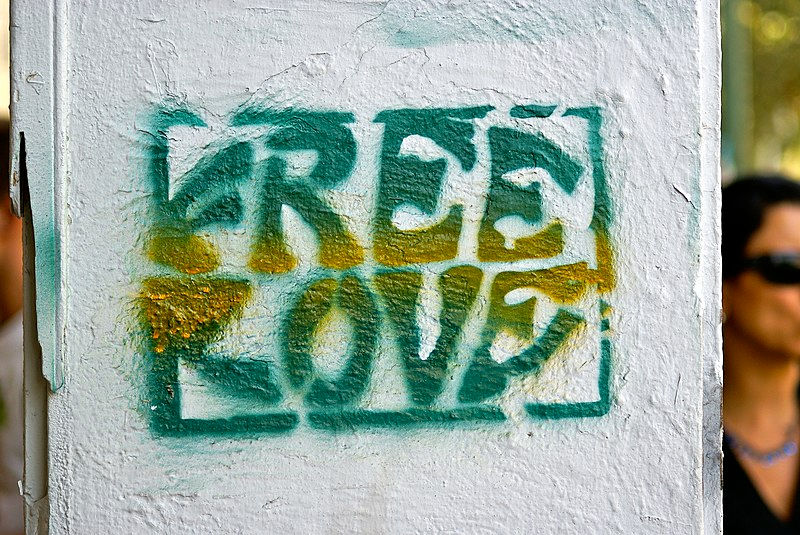Why LSD Was Outlawed, Alcohol Legalized, and What If It Were the Opposite?
- Bill Dandie

- Sep 9
- 3 min read
When it comes to substances that shape human behavior and society, few comparisons are more striking than LSD and alcohol. One is criminalized, the other normalized. But why? And what would life look like if the roles were reversed?

Why LSD Was Made Illegal
LSD emerged in the 1940s and 50s as a powerful psychedelic with immense potential for therapy, creativity, and spiritual exploration. Early research showed promise in treating depression, alcoholism, PTSD, and even end-of-life anxiety. But LSD also opened people’s minds in ways that challenged authority.
In the 1960s, as counterculture movements grew—questioning war, capitalism, and government institutions—LSD became linked to rebellion. It wasn’t just a drug; it was a tool that broke the mold of conformity. Leaders feared a society of citizens who questioned everything and didn’t “play by the rules.” By the late 1960s, LSD was classified as dangerous, not because it was killing people, but because it was shaking the system.
In short: LSD was made illegal not for health reasons, but because of its social impact.

Why Alcohol Remained Legal
Alcohol, on the other hand, is a very different story. It’s one of the most destructive substances we consume—linked to liver disease, domestic violence, car accidents, and countless deaths every year. Yet, it remains legal and deeply ingrained in culture.
Why? Because alcohol doesn’t disrupt the system—it sustains it. It numbs, distracts, and temporarily soothes the pressures of daily life. It keeps people compliant. And because governments profit enormously from taxation, alcohol’s dangers are tolerated, even ignored.
When prohibition was tried in the 1920s, the backlash was so strong that it proved alcohol had too much cultural and economic power to ever be eliminated.
What If the Roles Were Reversed?
Imagine if LSD had been embraced while alcohol was outlawed.
Mental Health: Instead of self-medicating with alcohol, society may have leaned into guided psychedelic therapy. Rates of depression, addiction, and trauma might be lower, with emotional healing replacing cycles of avoidance.
Community: Instead of bar culture, we may have developed spaces for collective introspection—group journeys, integration circles, and environments that encouraged authenticity rather than escape.
Violence vs. Awareness: Alcohol fuels aggression and violence; LSD, in the right setting, often dissolves ego and fosters empathy. A world shaped by LSD might have been less violent, less war-driven, and more cooperative.
Economy & Culture: The alcohol industry is a trillion-dollar machine. If LSD were legal, the “industry” might instead revolve around wellness, therapy, and consciousness-expanding retreats.

The Well-Being of Society
If LSD had remained legal and normalized, the well-being of society might look drastically different today:
Lower addiction and health costs
Greater collective awareness of ecological and spiritual connections
Less violence, more empathy-driven communities
A culture that values introspection and healing rather than distraction and escape
But perhaps the most important difference is this: society might not have been as easy to control. LSD awakens; alcohol dulls. That single truth explains why one was outlawed and the other embraced.
So maybe it’s time to ask—are we really free to choose what benefits us, or are we only free to choose what benefits the system?
The lesson may not be about swapping one substance for the other, but about seeing clearly the forces that shape our choices, and imagining what kind of society we want to build moving forward.




Comments